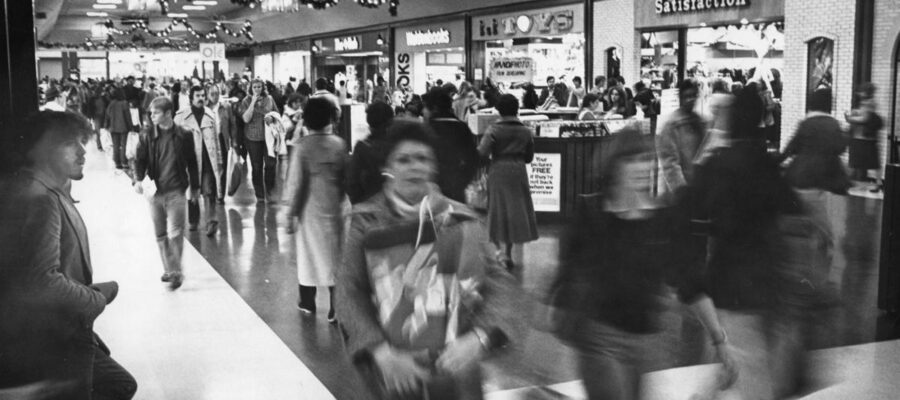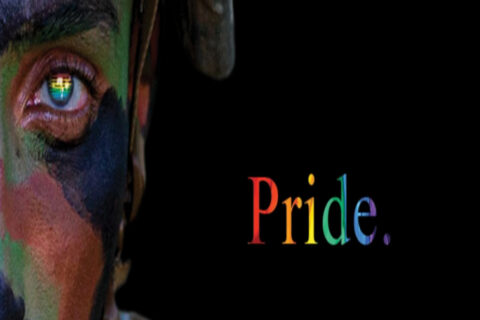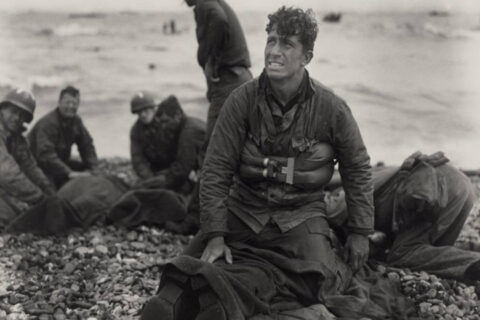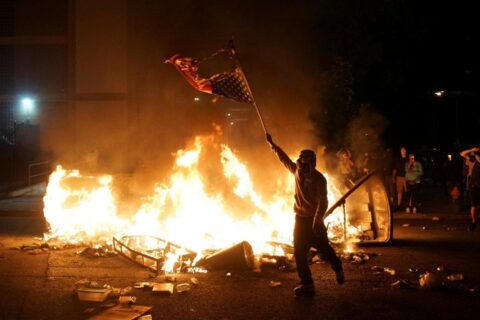There’s no more little towns, it’s all malls. All malls and they’re all the same. The same mall in St. Louis is the same mall in Detroit. Got the same Gap, Banana Republic, Chest King, Sunglasses Hut, all the same crap. And every town’s got two malls: they got the white mall, and the mall white people used to go to. –Chris Rock
I can’t remember when I saw this, but it must’ve been around 1999 when MacArthur Mall opened in Norfolk, Virginia because I recall chuckling at how he’d nailed this carcinogenic phenomenon of Americana. Despite being situated in proximity to a notorious housing project, it was now the “white mall.”
Denizens of the suburbs could bypass the black area by remaining on the interstate and then taking an exit near the parking garage. It was a secure retail facility where shoppers could spend themselves deep into credit card debt without fear for their safety. The cynicism of the totally not-racist municipal government was something to behold.
As per Chris Rock’s comedic routine, Norfolk’s original mall, Military Circle, was to become the “black mall.” Whereas MacArthur featured places like Nordstrom, Military Circle turned into where one could go to purchase airbrushed “RIP” t-shirts for deceased urban comrades.
It also became a leading venue for violence where a shopper might catch a round while perusing lingerie at Victoria’s Secret or receive a pummeling from a mob of teens while enjoying a leisurely meal in the food court. As you might have guessed, it’s now a dilapidated wasteland.
To be fair, Norfolk has had a checkered reputation since the military-industrial complex swamped it during World War 2. It acquired the nickname “Hell’s Half Acre” and the police chief recommended setting up a literal concentration camp for prostitutes on the city’s outskirts. After the war, integration sparked a mass exodus to new suburbs. Norfolk’s Mayberry days aren’t within living memory of most residents.
Even during Military Circle Mall’s better times, I knew a guy who went on a bender at the attached hotel and woke up in a gritty corner of Europe without any money or travel documents. Despite an investigation, federal law enforcement was left baffled as to how this transpired.
Norfolk is different from the Detroits of our dying nation because it hosts the world’s largest naval base with all of the money from Uncle Sam that entails. In a Detroit, stuff goes to shit and then returns to nature. What happens in Norfolk is that various areas of the city undergo a cycle where something is built, functions fine, goes to shit, gets bought on the cheap, and then torn down and rebuilt for a profit as the folks who ruined it are shifted someplace else.
It’s this weird dynamic in which one can have nice things for awhile, then they get destroyed and something else nice can be provided if you’ve got enough money. It arouses a certain suspicion that this is done on purpose for the financial gain of less visible interests. What are the profits of maintaining a place versus acquiring dirt cheap real estate, financing, and building something new? I wouldn’t be surprised if the latter method is how to make the big bucks.
MacArthur Mall is now ending its life cycle even faster than its predecessor. A significant factor in the downfall would appear to be that the violent incidents which used to be kept outside have found their way in:
Covid didn’t help, but the process was underway long before anyone had ever heard of it. “Town Center” in Virginia Beach is a quick trip down the interstate for shoppers but more of a transportation challenge for shooters. Its clock is now ticking, though.
This certainly isn’t a unique story, but it’s symptomatic of the unsustainability of American life. In the past, towns and cities would construct public spaces to be utilized and enjoyed for generations, often over the course of centuries. Most stuff constructed these days won’t even last 1/3 of the average life span.
If you find this pattern troublesome, that’s probably because you’re not a parasite.
-By Vanishing Virginian

O I’m a good old rebel, now that’s just what I am. For this “fair land of freedom” I do not care at all. I’m glad I fit against it, I only wish we’d won, And I don’t want no pardon for anything I done.







Polaris Fashion Center in Columbus, which opened in November 2001, is a suburban mid- to high-end mall. This week it had its first black-on-black shooting incident.
Black violence closed Columbus’ Northland Mall is 2002 and the high end, downtown City Center in 2009.
Columbus still has two mid- to high end malls situated on the city’s outer belt, I-270. How long they will survive is a question. Easton Center, on the east side, is actually closer to the black ghetto than Polaris.
I was just about to post this. As it turns out there was an additional shooting between the Vibrant and Diverse youth yesterday at the same mall. Everyone is getting worked up about this wondering “How could this be..?” while I am jumping up and down pointing at the perp pictures in the newspaper.
We are a very silly people.
“I’m glad I wasn’t born when things appeared functional, because then it might actually bother me.”
I will be 60 this year. I remember when things were seemingly functional. Maybe this is why all of this bothers me and many young people just go along to get along.
The obviousness of the taint, tho, just doesn’t make sense that people just go along.
As an example, I don’t remember a single thing taught about the Holohoax in school until much later. I knew it was a bogus lie when I first heard it. Now, young people just believe without a scrutiny.
Here is Martinsville, VA, what was once our mall was gutted and redesigned years ago to turn it into a huge strip mall. There’s no inside anymore, just a large line of storefronts. Very depressing. I remember when it was built back in the late 80s. It wasn’t just diversity that destroyed it, but the offshoring of almost all the manufacturing jobs.